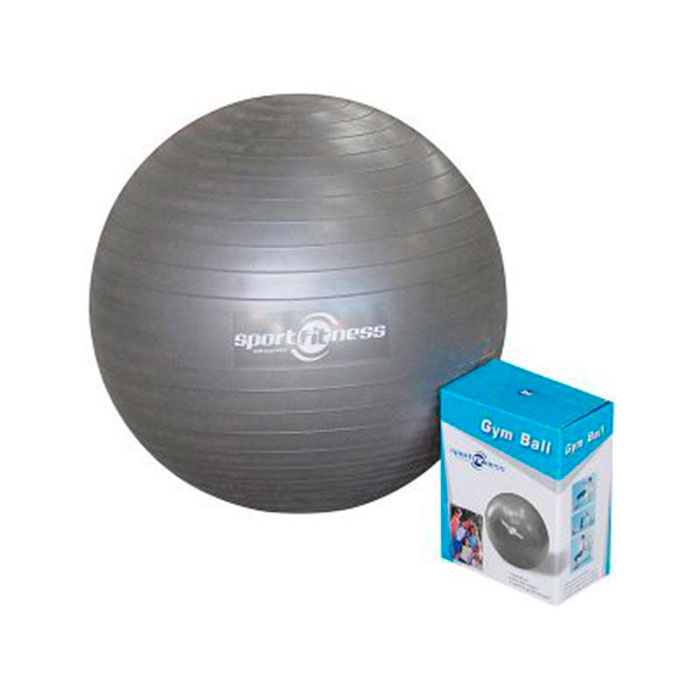Descripción:
- Mejora la postura, el balance y la flexibilidad.
- Adelgaza cadera y muslos.
- Construido en material anti explosión
$49.652 Original price was: $49.652.$39.721Current price is: $39.721. IVA
Bola de gimnasia de 75cm en varios colores GB-1065. selecciona una opción y la cantidad.
Descripción:
| Peso | N/D |
|---|---|
| Dimensiones | N/D |
| Color | AZUL, GRIS, MORADO, ROJO |
Las Bolas de Gimnasia de Sport Fitness son la mejor inversión que puedes realizar. Esto se debe a que mejoran la postura, el balance y la flexibilidad. Asimismo, tonifican los músculos y adelgazan tanto la cadera como los muslos. Incluso, se adaptan a diferentes niveles de intensidad y exigencia gracias a que son inestables. Una gran ventaja es que lo puedes utilizar para una variedad de ejercicios inimaginable.
La seguridad es lo más importante para Sport Fitness. Es por este motivo que las bolas de gimnasia fueron construidas en material anti-explosión para evitar accidentes o lesiones.
SKU: 70137




Debes acceder para publicar una reseña.



Calificación
No hay Calificación aún.